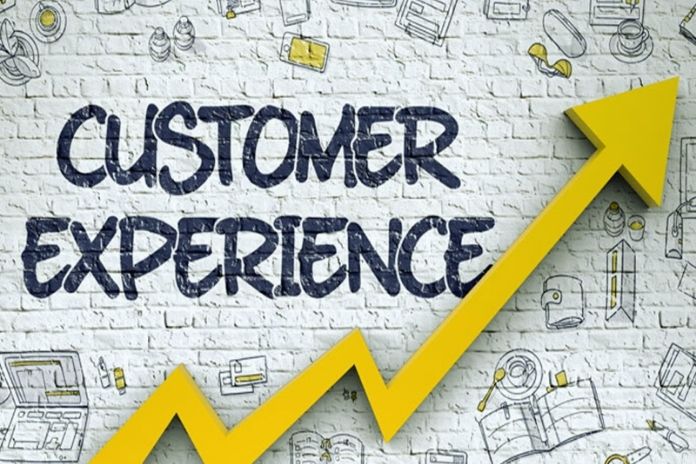Customer Experience In the manufacturing industry, data-based services expand the previous product focus. Models that build on this offer, ample potential for more business after the mere purchase. Differentiation in price and evolutionary advances in product quality has long been the pillars of companies’ business models in the manufacturing sector.
But is that still enough today? According to Salesforce’s State of the Connected Customer Report, eight out of ten private and business customers consider service and customer experience to be at least as important as the product itself.
Innovative service ideas, both in the pre-sales and post-sales phase, are decisive for business success. Product-related services also offer the potential for new income opportunities even after the purchase. Ideally, it is possible to expand the added value over the entire product life cycle and sustainably strengthen customer relationships.
Digital Customer Data: Fuel For Customer-Oriented Service Offers
Webs hop to electronic order processing via the self-service portal to automated maintenance services – all touchpoints have to merge into a real omnichannel. This is the only way manufacturing companies can offer their customers an unmistakable brand experience in every phase. No matter how broad the range of topics for the different service options is, they are all based on data. This is because intelligent analysis methods can precisely determine the current requirement situation and forecast future requirements with a high degree of accuracy.
Due to the corona pandemic, digital contact channels to customers in all branches of the economy have become part of everyday life. Almost 60 percent of all decision-makers are certain that this change will continue even after the pandemic has subsided in the manufacturing industry. This is the result of the recently published Salesforce study “Trends in Manufacturing.” However, the overwhelming majority of the companies surveyed for the report – namely 96 percent – see a major challenge in consolidating existing customer data across locations and extracting additional information value from it in real-time.
Customer Experience: Consistent Customer Focus Is Not A ‘Nice To Have.’
For a long time, the manufacturing industry was primarily characterized by product properties and innovations and scaling effects through mass production. In times of shorter product life cycles and the desire for individualized properties and functions, the ‘all-around,’ i.e., the customer experience, is becoming more and more important. Companies looking for a golden future must heed: Business customers also expect services in the B2B area that they know from their private shopping experience. For example: which provider can deliver at what speed? What options are available for individual adaptation? How reliably does customer service work? All of these are central questions that companies have concerning customer loyalty.
Therefore, producers must rethink their approach and place their customers at the center of all activities instead of their products. This, in turn, requires a new mindset both in management and in the workforce. Because even more important than the merging of the data is what companies make of it, with the customer in mind and a well-founded database, tailor-made product and service offers, and even completely new business models can be created.
Not surprising because real customer orientation requires a 360-degree view of the entire supply chain and every customer system. For this, however, relevant data from different sources must be brought together company-wide across locations. The basis for this is a CRM that depicts a uniform database of customer history. Manufacturing companies with a 360-degree view of the respective customer from development to quality control have a clear advantage.
Customer Experience Promises Economic Effects
In the manufacturing industry, in particular, the paradigm of customer orientation promises not only closer customer loyalty and the associated increase in sales, but also other tangible economic effects: With cloud-based demand forecasts, for example, the occupancy plan for machinery and equipment can be planned, and material procurement planned more precisely. In warehouse logistics, this reduces the storage buffers previously required – which minimizes the capital commitment and consequently improves cash flow.
The company is with architects and building planners Renowned around the world for its elastic architectural concrete forms and matrices. In the past, however, business communication was mainly carried out via the construction industry, on whose behalf, for example, facade elements manufactured in the concrete plant most suitable for the respective design – the classic case of an indirect sales channel.
Beneficial For Companies, Customers – And The Environment
To be able to address the actual decision-makers, i.e., planners and architectural offices, more directly and optimally support their projects, the company decided in favor of Salesforce’s Sales Cloud even before the corona pandemic: Since then, sales professionals have been logging every customer contact with an app.
This information flows into a consistent database via the cloud, which enables real-time evaluations in the executive suite at any time according to freely selectable criteria via the dashboard. The company website and various social media channels are also integrated into the solution so that a customer’s sample download, for example, immediately triggers the appropriate action by the responsible account manager.
ALSO READ: ERP Project: How Does The System Become A Knowledge Factor?

